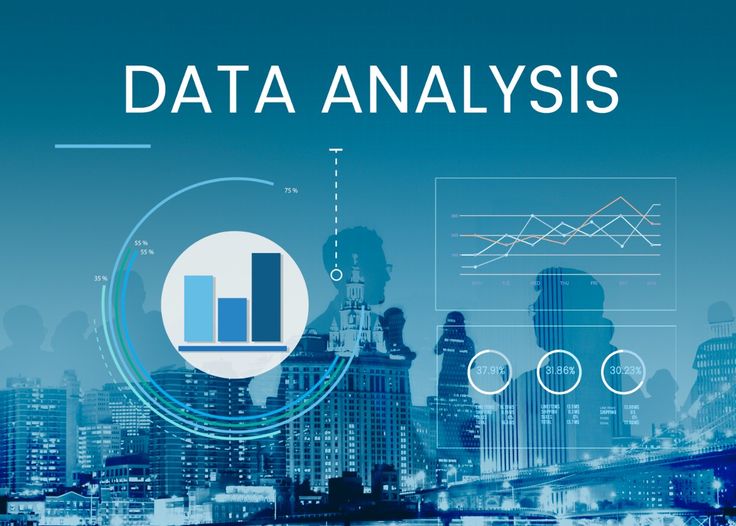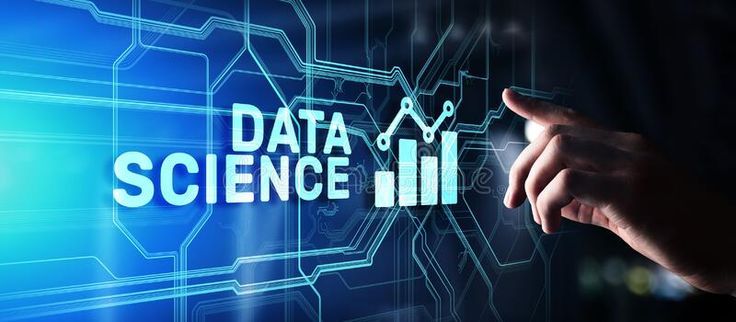The terms “data analysis” and “data science” get thrown around interchangeably in countless job postings and tech discussions, but they represent distinctly different approaches to working with data. Understanding these differences is crucial whether you’re planning your career path, hiring for your team, or trying to figure out which skill set your organization actually needs.
The Core Philosophy Difference
Data analysis is fundamentally about answering specific questions with existing data. It’s descriptive and diagnostic → you’re looking at what happened, when it happened, and often why it happened. Data analysts work with business stakeholders to understand problems, then use data to provide insights that inform decision-making.
Data science, on the other hand, is about building predictive models and discovering patterns that weren’t previously known. It’s prescriptive and predictive → you’re trying to forecast what will happen or uncover hidden relationships in data that can drive future strategies. Data scientists often work on problems where the questions themselves aren’t fully formed yet.
The Skills and Tools Divide
The skill requirements for these roles reflect their different purposes and approaches.
Data analysis typically requires:

- Strong SQL skills for data extraction and manipulation
- Proficiency in tools like Excel, Power BI, Tableau, or similar BI platforms
- Statistical knowledge focused on descriptive statistics and basic inferential methods
- Business acumen to understand context and communicate findings effectively
- Data cleaning and preparation skills using tools like Power Query or Python pandas
Data science demands:

- Advanced programming skills in Python or R, with deep knowledge of scientific libraries
- Machine learning algorithms and model-building expertise
- Advanced statistics, including hypothesis testing, regression analysis, and probability theory
- Experience with big data tools like Spark, Hadoop, or cloud-based ML platforms
- Model deployment and productionization capabilities
The Problem-Solving Approach
Data analysts typically work with well-defined business problems. A marketing manager might ask, “Which campaigns drove the most conversions last quarter?” or “What’s causing the spike in customer churn?” The analyst’s job is to dig into the data, create visualizations, and provide actionable insights.
Data scientists often work on open-ended problems where the solution approach isn’t clear upfront. They might be asked to “figure out how to predict customer lifetime value” or “identify patterns in user behavior that could inform product development.” The process involves experimentation, hypothesis formation, and iterative model building.
Data Types and Volume
Data analysts often work with structured data from business systems → sales records, customer databases, financial transactions, and survey responses. The datasets are typically smaller and more manageable, though they can still be substantial.
Data scientists frequently work with unstructured data like text, images, sensor data, or social media feeds. They’re more likely to work with big data scenarios where traditional analytical tools wouldn’t be sufficient. The complexity comes not just from volume but from the variety and velocity of data sources.
The Output and Deliverables
Data analysts produce reports, dashboards, and presentations that directly inform business decisions. Their output is typically consumed by business stakeholders who need to understand trends, performance metrics, and operational insights. The communication is often visual and narrative-driven.
Data scientists build models, algorithms, and sometimes entire systems that automate decision-making or prediction. Their output might be a machine learning model that’s integrated into a product, an algorithm that optimizes pricing, or a recommendation engine. The deliverables are often technical and require engineering collaboration to implement.
Time Horizons and Impact
Data analysis tends to focus on immediate to short-term insights. Analysts help organizations understand current performance, identify immediate opportunities, and make tactical decisions. The impact is often direct and measurable → a report leads to a decision that affects quarterly results.
Data science projects typically have longer time horizons and more strategic impact. Building effective predictive models takes time, and the benefits often compound over months or years. A recommendation system might improve customer engagement gradually, or a fraud detection model might prevent losses that are difficult to quantify directly.
The Business Context
Data analysts work closely with business teams and need to understand the domain-specific context deeply. They need to know what metrics matter, how business processes work, and what questions stakeholders are really asking behind their data requests.
Data scientists often work more independently or with technical teams. While business context is important, they’re more focused on the technical challenges of model building and the mathematical properties of their solutions. They need to understand the business problem, but may not need the same level of operational detail.
Career Paths and Progression
Data analysis careers often progress toward business intelligence leadership, analytics management, or specialized domain expertise. Senior analysts might become heads of analytics or business intelligence directors or move into strategy roles where their analytical skills support broader business decision-making.
Data science careers typically progress toward machine learning engineering, research roles, or technical leadership positions. Senior data scientists might become ML engineers, research scientists, or chief data officers focused on the technical aspects of data strategy.
Educational Background Differences
Data analysts often come from business, economics, statistics, or related fields. Many successful analysts have undergraduate degrees in business or social sciences with some technical training added later. The path is often more accessible to career changers.
Data scientists typically have stronger mathematical and computer science backgrounds. Advanced degrees in statistics, computer science, physics, or engineering are common. The barrier to entry is generally higher, requiring more technical depth upfront.
Which Role Does Your Organization Need?
Most organizations need both types of skills, but the immediate need depends on your data maturity and business objectives.
You probably need data analysts if:
- You have lots of data, but struggle to extract actionable insights
- Business teams are making decisions without data-driven support
- You need regular reporting and performance monitoring
- Your data is primarily structured and lives in business systems
- You want to improve operational efficiency and tactical decision-making
You probably need data scientists if:
- You have complex prediction or optimization problems
- You’re building data-driven products or features
- You have large volumes of unstructured data
- You need to automate decision-making processes
- Your competitive advantage depends on advanced analytics capabilities
The Hybrid Reality
In practice, many roles combine elements of both data analysis and data science. “Analytics engineers” build data pipelines and models that support both descriptive and predictive analytics. “Business data scientists” focus on applied machine learning for specific business problems rather than pure research.
The distinction matters less than understanding what skills and approaches your specific problems require. Some organizations need deep statistical modeling capabilities, while others need better business intelligence and reporting. Many need both, but at different stages of their data journey.
Making the Right Choice
If you’re considering a career in either field, think about what type of problems energize you. Do you enjoy working directly with business stakeholders to solve immediate problems, or are you more interested in building complex models that operate behind the scenes? Do you prefer clear, well-defined questions or ambiguous challenges that require experimentation?
Both paths offer excellent career prospects and the opportunity to make a significant impact through data. The key is matching your interests, skills, and career goals with the type of work that each role typically involves. Understanding these differences will help you make better decisions about your career development and ensure you’re building the right skills for your chosen path.